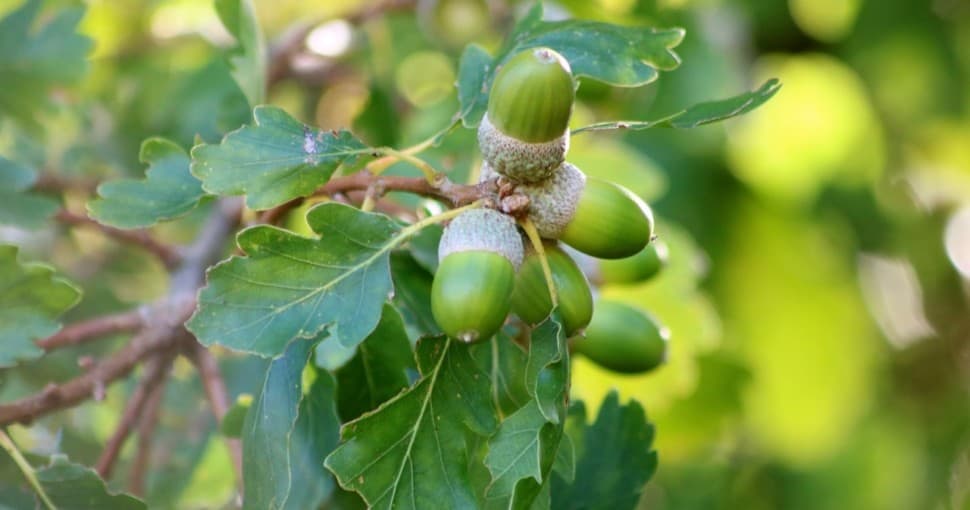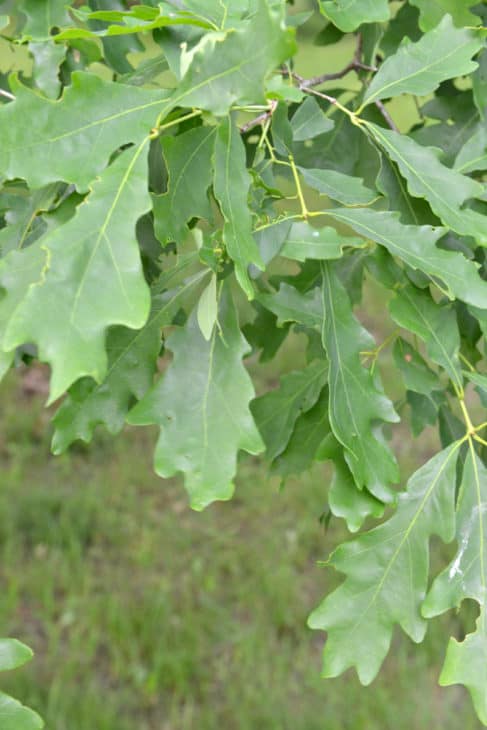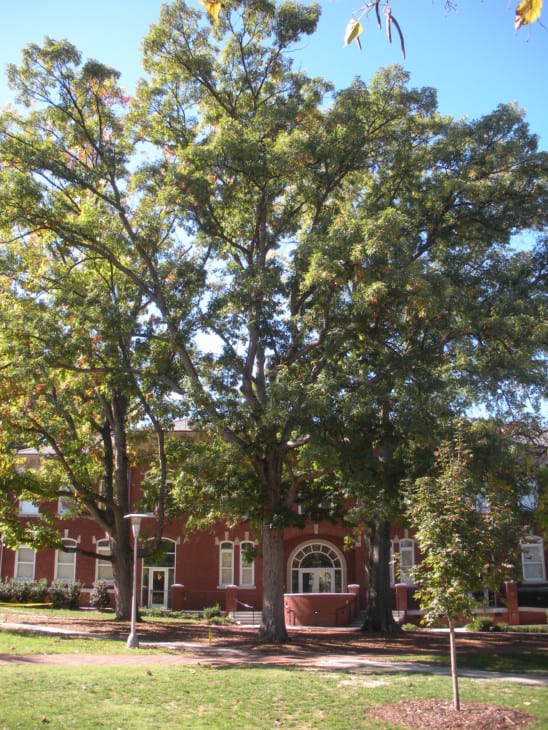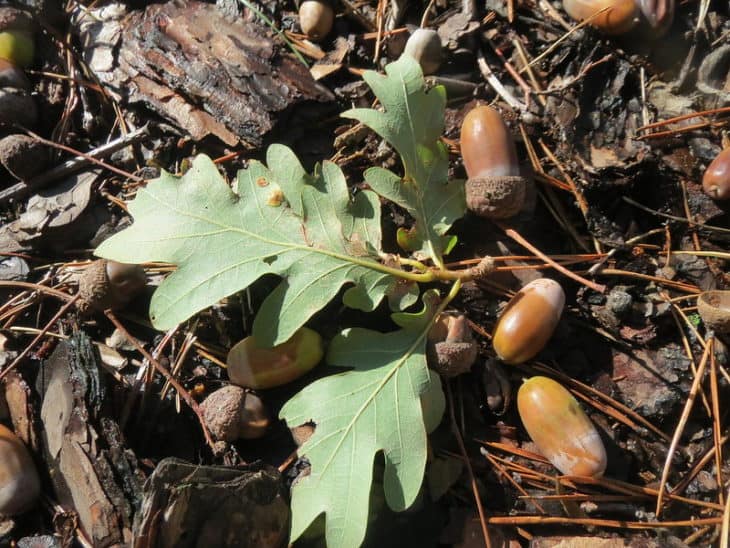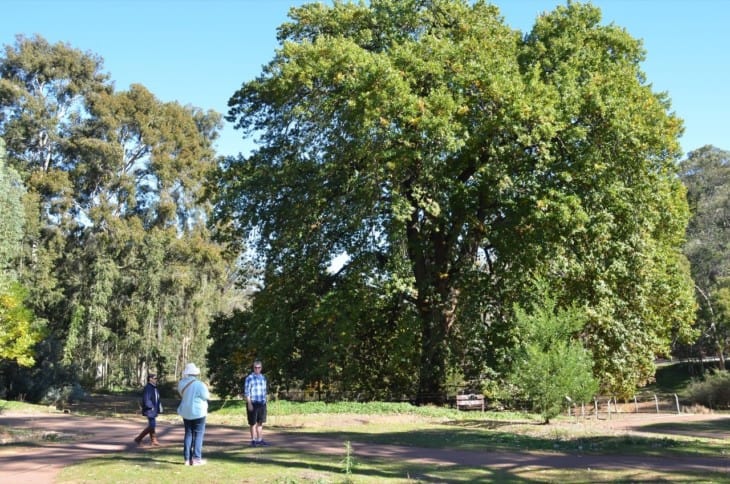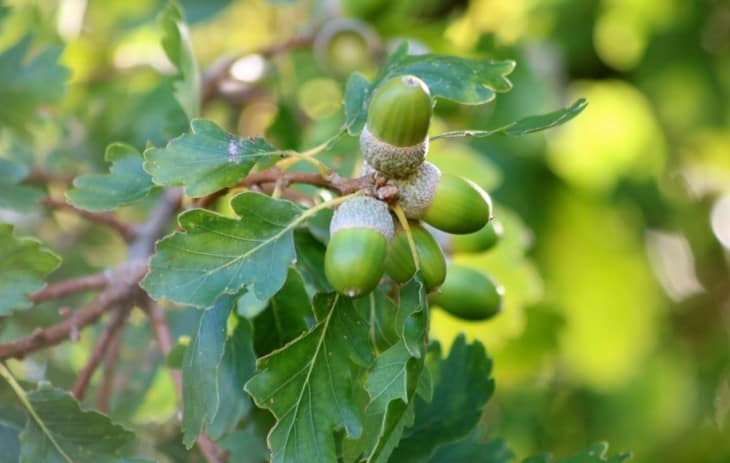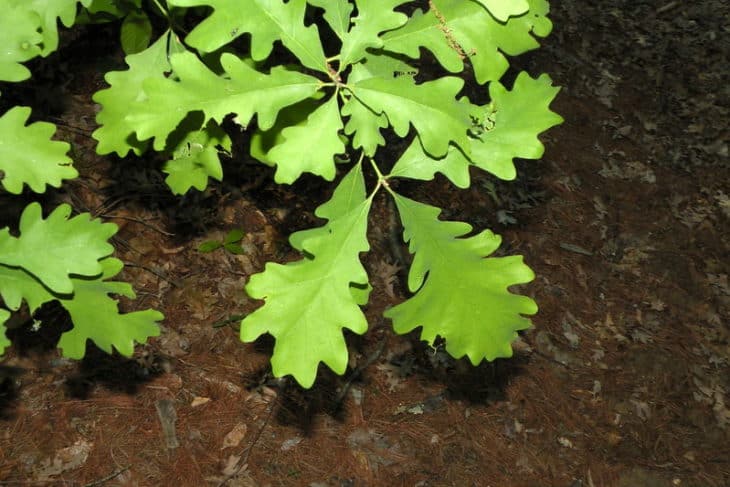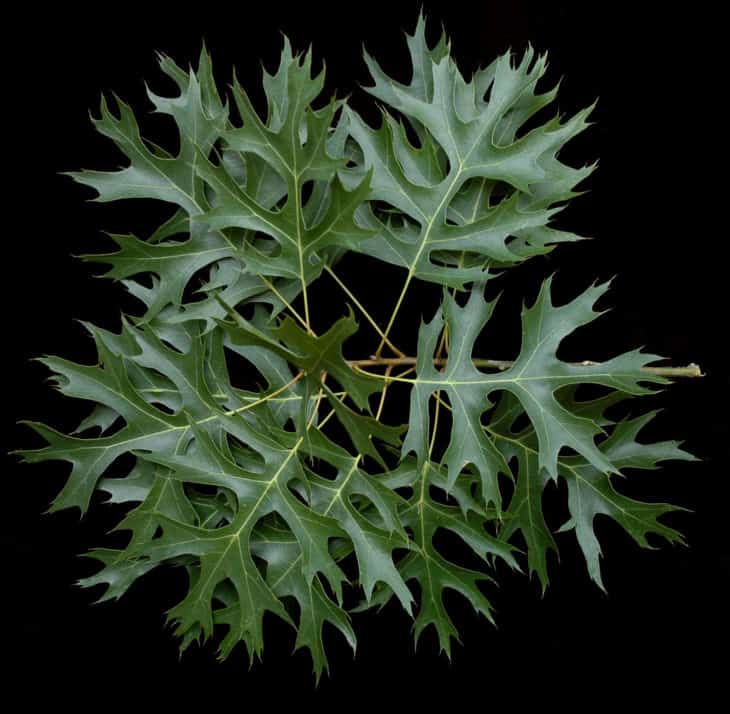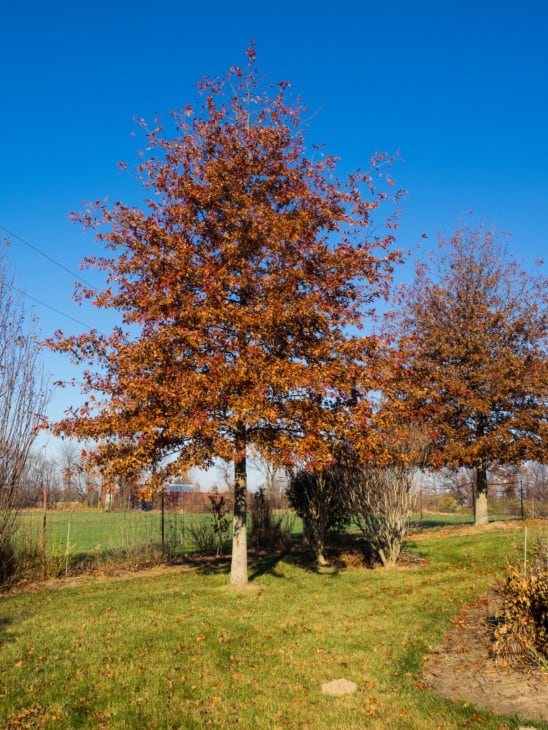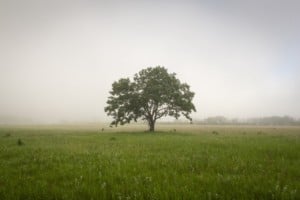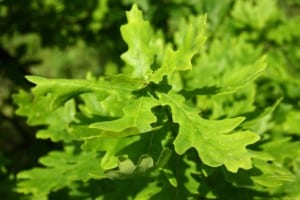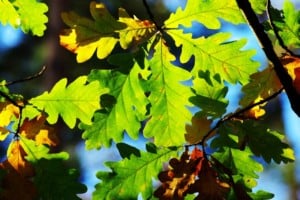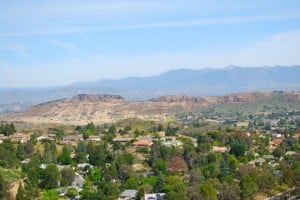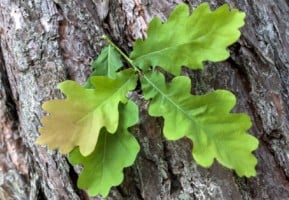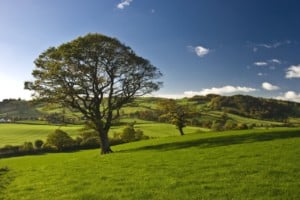Reaching heights of more than 45 meters and having more than 600 different species of its kind, the oak tree is among the most dominant flora around the world. Even Kansas hosts numerous types of oak trees, and today we will discover what sets them apart. Here are the types of oak trees in Kansas and their stunning properties.
Contents
The State of Kansas is often nicknamed the Sunflower State or even the Wheat State. This is due to Kansas being the breadbasket of the United States, growing and cultivating more wheat than any other state. However, don’t let that fool you into thinking wheat is all Kansas has.
Kansas also has a magnificent variety of oak trees, growing into massive heights and making up the forest roof. The Bur Oak tree is one such species. It is native to the eastern two-thirds region of Kansas and is one of the most widely distributed hardwoods in this state. These deciduous trees are among the tallest of their kind, having an average lifespan of 200 to 400 years.
Being keystone species, Oak trees play an essential role in the Kansas ecosystem. They maintain a rich mixture of plants, insects, and birds in the forests, ensuring better health and density. Moreover, Oak trees are also a great source of food and habitat maintenance for the wildlife that makes Kansas its home.
One of the main factors that contribute to the widespread growth and proliferation of Oak trees in Kansas is the weather conditions. This state has a temperate, continental climate that fluctuates greatly from extremely hot summers to icy cold winters. The annual temperature is averaged at 55*F with high relative humidity of 65.7%.
These might seem like too extreme conditions for any plants to grow well, but Oak trees are impressively tolerant. Different types of Oak trees endure extreme heat and cold exceptionally well, along with persistently heavy winds.
Their resilience allows them to grow all across Kansas, so you can use their canopy to rest under the shade with a refreshing drink to battle against the heat. Here are the most commonly occurring Oak trees in Kansas, and how you can set them apart using some distinguishing features.
1. White Oak (Quercus alba)
Found across the Kansas State University campus, the White Oak is one of the most memorable Oak trees in this state. These are huge trees, reaching heights of more than 65 feet with a gorgeous spread of 60 feet minimum. The White Oak lives on for generations and serves as the perfect shade tree for most backyards. Their acorns are sessile and grow over an inch in length. They fall in early October, and the tree becomes red-colored.
2. English Oak (Quercus robur)
Also known as the Kansas state champion, the English Oak is found most commonly in the soils of Kinsley. Despite being native to Europe, these trees grow quite well in Kansas due to their soil adaptability. Their typical growth falls within the range of 30 to 50 feet and they have a spread of around 35 feet. The English Oak is among the evergreen types of oak trees so its leaves stay green all year round.
3. Bur Oak (quercus macrocarpa)
The Bur Oak is native to Kansas and one of the most widely distributed deciduous trees in the state. It reaches heights of over 80 feet at maturity and has a magnificent crown spread of 60 feet. Bur oak trees have simple leaves around 10 inches long, arranged alternatively on twigs. Due to their hearty properties and disease-resistant quality, these trees grow for years on well-drained soils. Its flowers appear from April to May, producing rounded acorns.
4. Shumard Oak (quercus shumardii)
Shumard Oak trees are the fastest growing red oak trees, native to eastern Kansas and found along moist streams. These oak trees are impressively adaptable to different soil conditions and more tolerant to urban areas than most other oak trees. They grow to heights of 115 feet and have a crown width of 60 feet. A young Shumard Oak has light gray, reflective bark, but it quickly turns a darker shade and develops ridges with age.
5. Shingle Oak (quercus imbricaria)
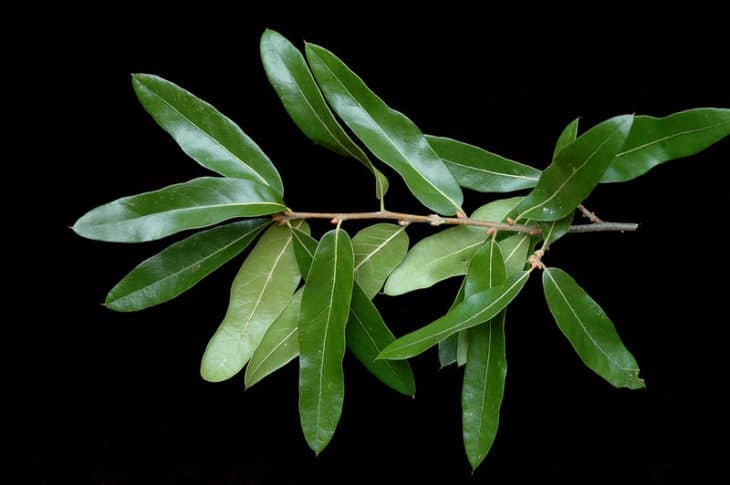
The Shingle Oaks are absolutely spectacular during fall, donning a brighter shade of red than any other Oak tree. Even though the color fades, their leaves persist all year long, making them an evergreen oak tree. Shingle Oak leaves are peculiar as they don’t have any lobes and instead are smooth along margins. These trees grow around 60 feet tall with a spread of 50 feet and thrive well even under dry weather and soil conditions.

